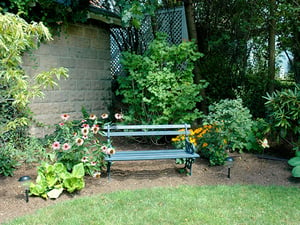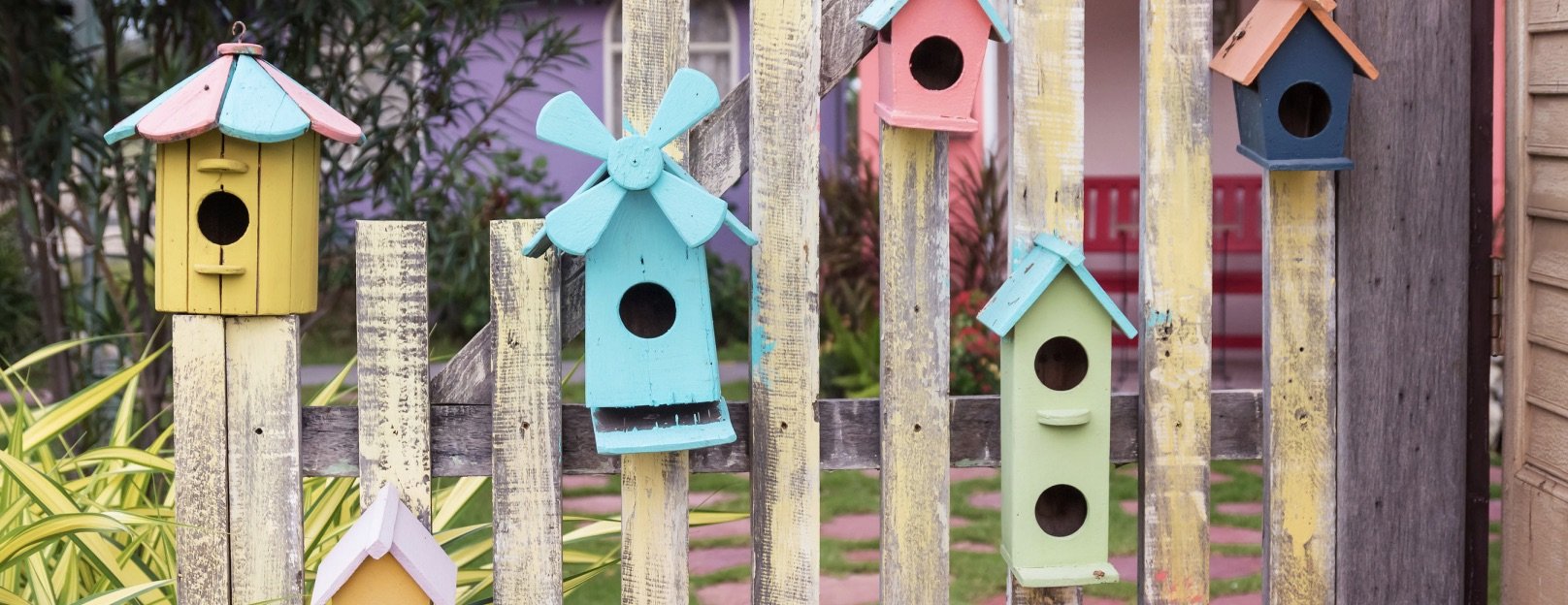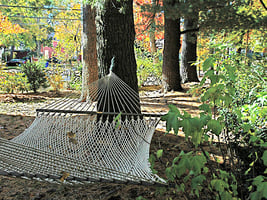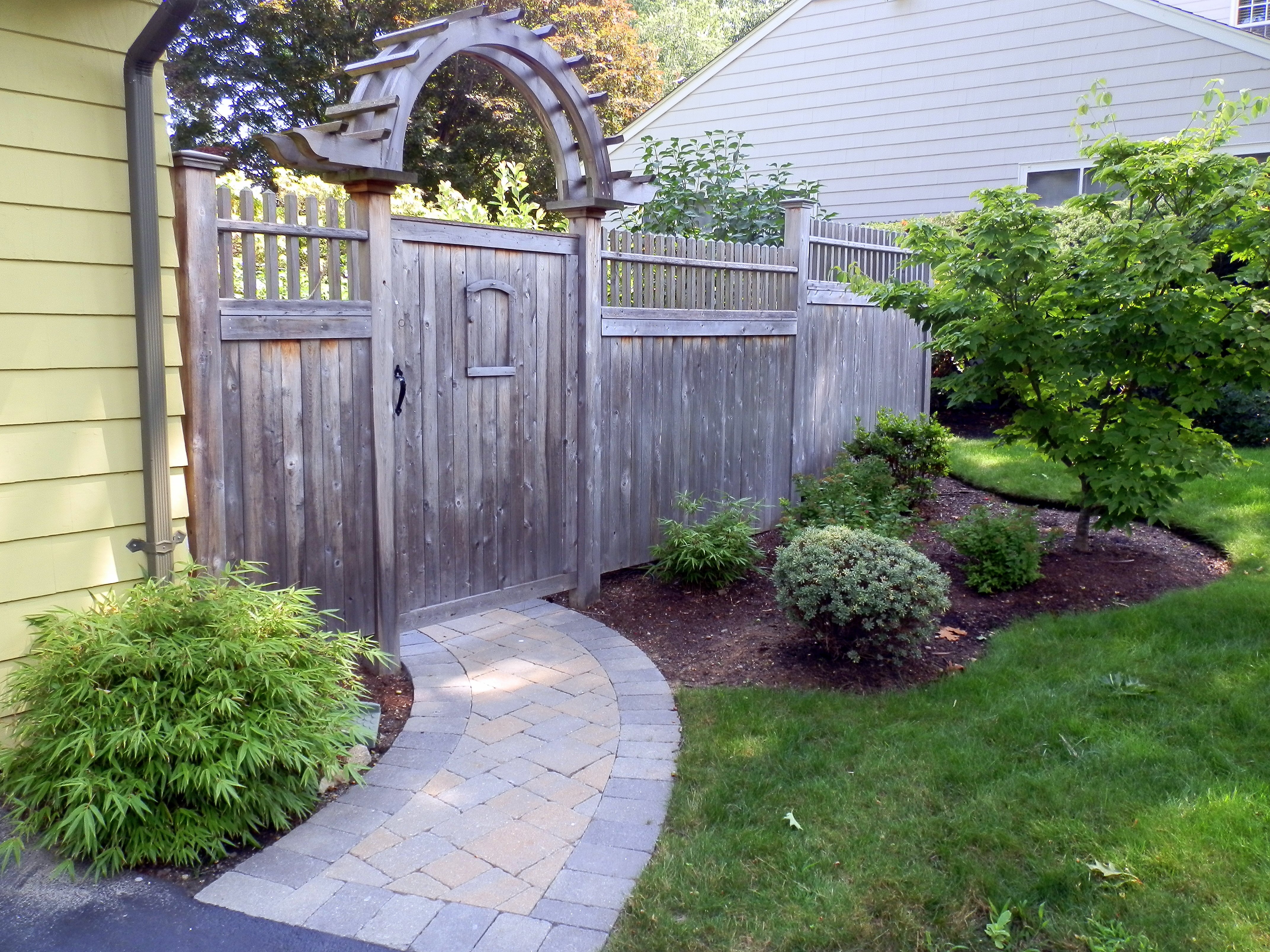- Services
- Portfolio
- About
- Careers
- Contact
- Blog
- Resources
- 8 Essential Elements of a Spectacular Outdoor Living Space
- How to Maintain Your Landscape and Transform It Into a Beauty You’ll Love
- 10 Common Gardening Mistakes that Hurt the Environment
- 13 Insider Tips to Creating a Beautiful Contemplation Garden
- Questions to Think About Before a Landscape Consultation


 Whether you have been struggling with your health, the loss of a loved one, stress from work, or you simply feel worn out, creating a sanctuary in your landscape to relax in is a good way to find relief.
Whether you have been struggling with your health, the loss of a loved one, stress from work, or you simply feel worn out, creating a sanctuary in your landscape to relax in is a good way to find relief. Whether you have been struggling with your health, the loss of a loved one, stress from work, or you simply feel worn out, creating a sanctuary in your landscape to relax in is a good way to find relief.
Whether you have been struggling with your health, the loss of a loved one, stress from work, or you simply feel worn out, creating a sanctuary in your landscape to relax in is a good way to find relief.  Sun and nature help people relax and calm down. The vitamin D that the sun produces has even been shown to help people avoid depression, so exposure to sunlight alone can boost your mood.
Sun and nature help people relax and calm down. The vitamin D that the sun produces has even been shown to help people avoid depression, so exposure to sunlight alone can boost your mood.


 The sound of water can create a very calming atmosphere. A water feature doesn’t need to be elaborate, and there are several ways that you can add one to your contemplation garden.
The sound of water can create a very calming atmosphere. A water feature doesn’t need to be elaborate, and there are several ways that you can add one to your contemplation garden.
 Some people prefer soft edges for their sanctuary. If you want gentle edges, avoid placing your garden in the corner of your yard. Instead, find a place where you can have sweeping corners.
Some people prefer soft edges for their sanctuary. If you want gentle edges, avoid placing your garden in the corner of your yard. Instead, find a place where you can have sweeping corners. Like the other elements of your contemplation garden, this is a matter of personal preference, but you may want to add a piece of outdoor art.
Like the other elements of your contemplation garden, this is a matter of personal preference, but you may want to add a piece of outdoor art.








